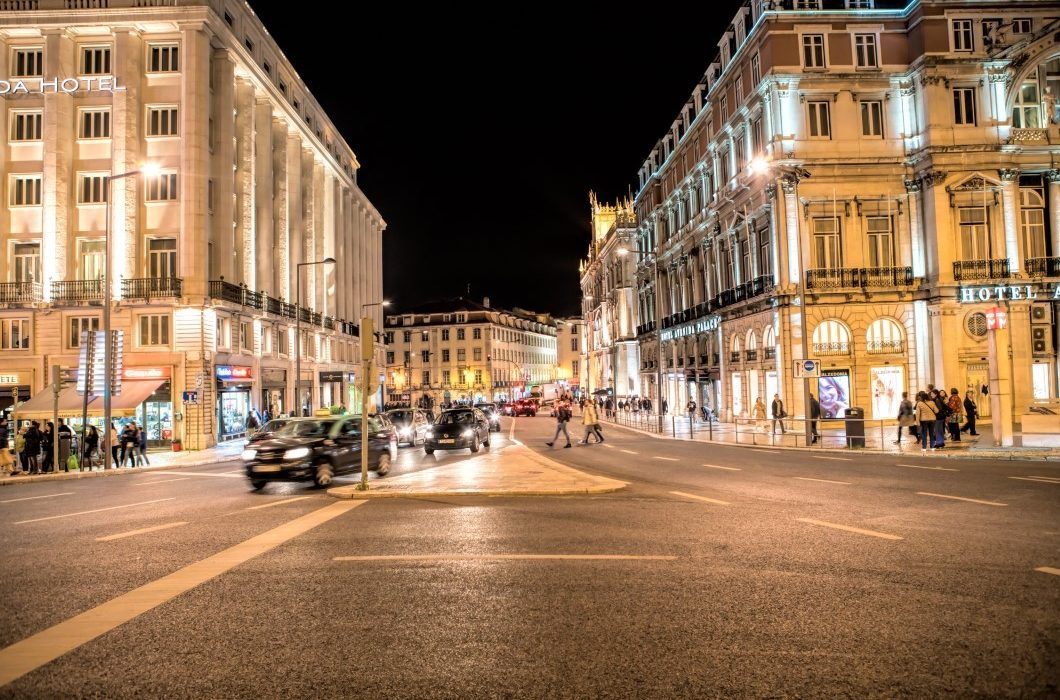
You might also like:
Lisbon’s 5-star hotels, in the first four months of the year, had an average room rate of 4.7%, 3.1% lower than in the first quarter of 2017. Nevertheless, due to an increase in the average room price of 8.8%, they registered a RevPAR increase of 3.7%, the metric more often used to calculate the revenue per available room, according to the Lisbon Tourism Observatory.
The drop in hotel occupation was caused be the capacity increase, since the sample included 3.872 rooms of 5-star hotels this year, accounting for 82.2% of the category’s total; whereas, in April 2017, the sample indicated 3.846 rooms accounting for 86.5% of the total.
These data show that Lisbon, albeit with the same number of 5-star hotels registered a year ago (19), has approximately 260 rooms more, representing an increase of 5.9%, reaching approximately 4.710.
Furthermore, the Observatory’s data indicate that the occupancy rate drop did not have a negative impact on the average room price, which reached a first-quarter record of 156.55 euros.
Therefore, the price increased 8.8%, or 12.7 euros, in relation to the first four months of 2017, largely compensating the hotel occupancy rate fall, allowing Lisbon hotels to finish the first four months of the year with a RevPAR record of 97.42 euros, +3.7% or 34.46 euros more than in the same period of 2017.
Nonetheless, 5-star hotels still had a ‘pale’ performance when compared with other categories, based on the Observatory’s data. The remaining categories had a two-digit RevPAR increase, with 4-start hotels registering a 12.2% growth (6.83 euros) for a total of 62.73 euros, and 3-star hotels grew 20.8% (9.15 euros) for a total of 53.05 euros.
Traditionally, this sort of variations points to an even more pronounced demand for 4 and 3-star hotels, due to a ‘lack of response’ or ‘exaggerated price’ at the top of the chain.
However, for the Observatory, both 4-star hotels, the weightier category in the supply chain of Lisbon tourism and the country, and 3-star hotels beat all first-quarter occupation records, respectively with 76.56%, +1.14% than in 2017, and 79.06%, +4.81%.
At the same time, both categories reached unprecedented first-quarter average daily rates, with 81.93 euros in 4-star hotels, 10.5% or 7.82 euros more than in the first four months of 2017, and +13.5% or 7.89 euros more in 3-star hotels.
According to the Observatory’s data, Lisbon’s 4-star hotels had slightly fewer rooms than a year ago (-0.4%, or less 30 rooms approximately) and 3-star hotels had a slight increase of 0.7%, or 30 rooms approximately.
The Observatory indicated that, in the month of April, the Lisbon’s sample included 54 4-star hotels with 7.869 rooms, representing 76.6% of the city’s total number of rooms in that category, whereas 2017 also had 54 hotels, but with 7.967 rooms, representing 77.3% of the total.
In relation to Lisbon’s 3-star hotels, the Observatory indicated this year’s sample included 26 units with 2.542 rooms, which accounted for 63.5% of the total of rooms in the category, whereas last year there were 28 units with 2.688 rooms, representing 67.6% of the total.
Source: tourism-review.com
